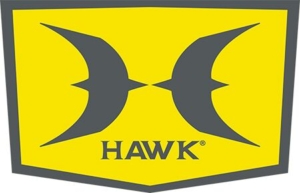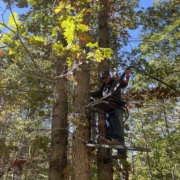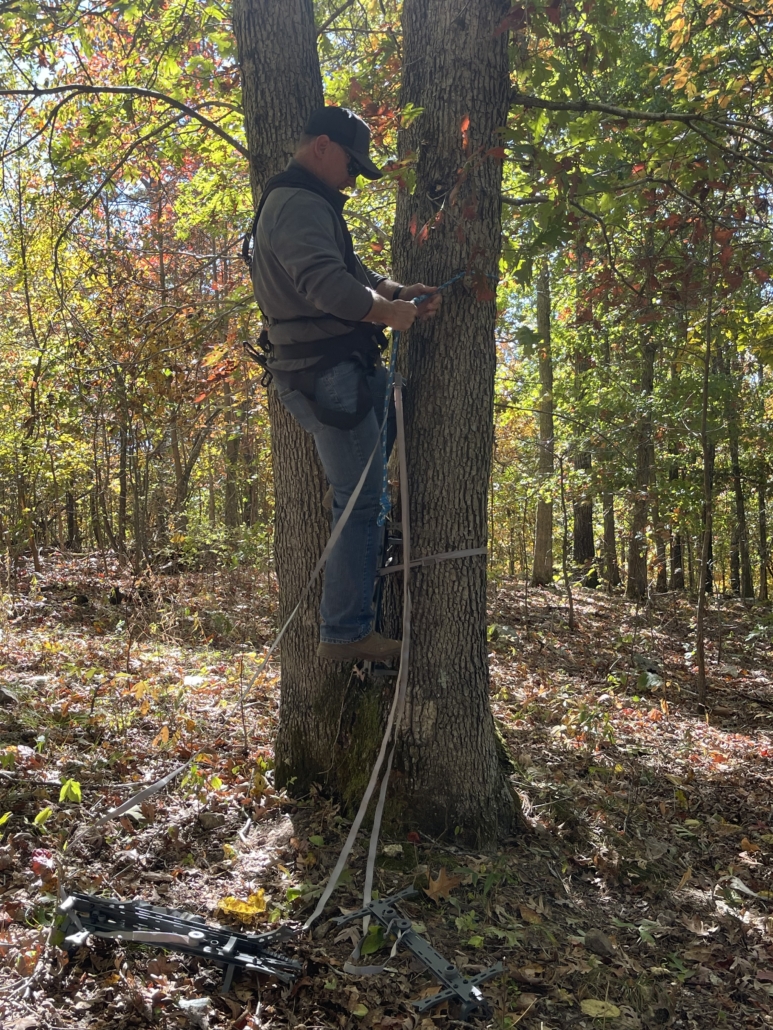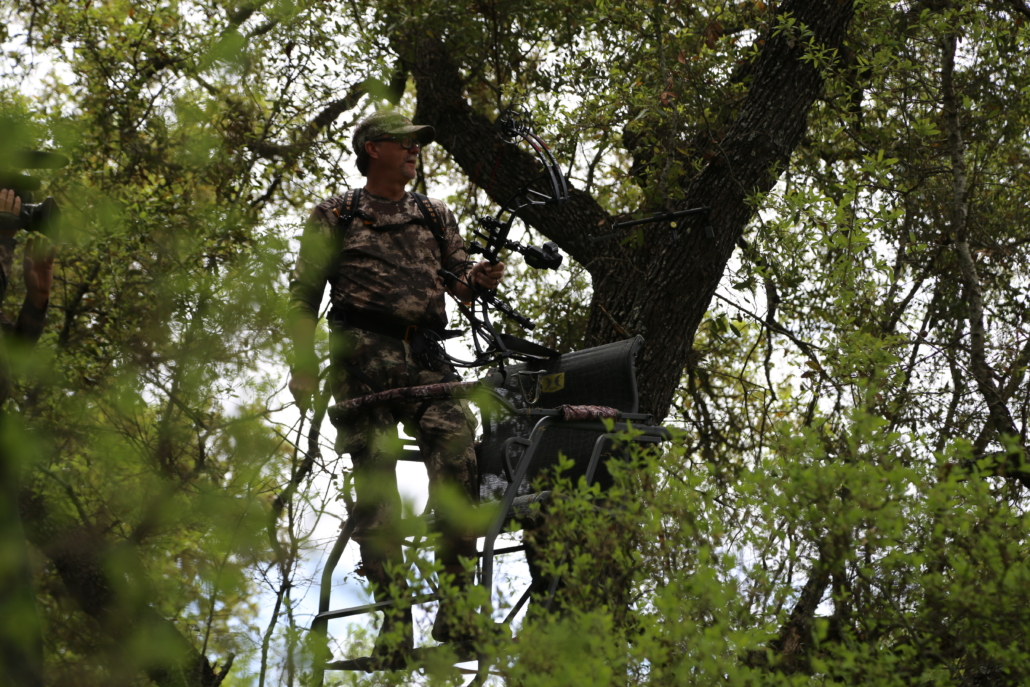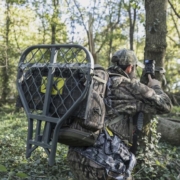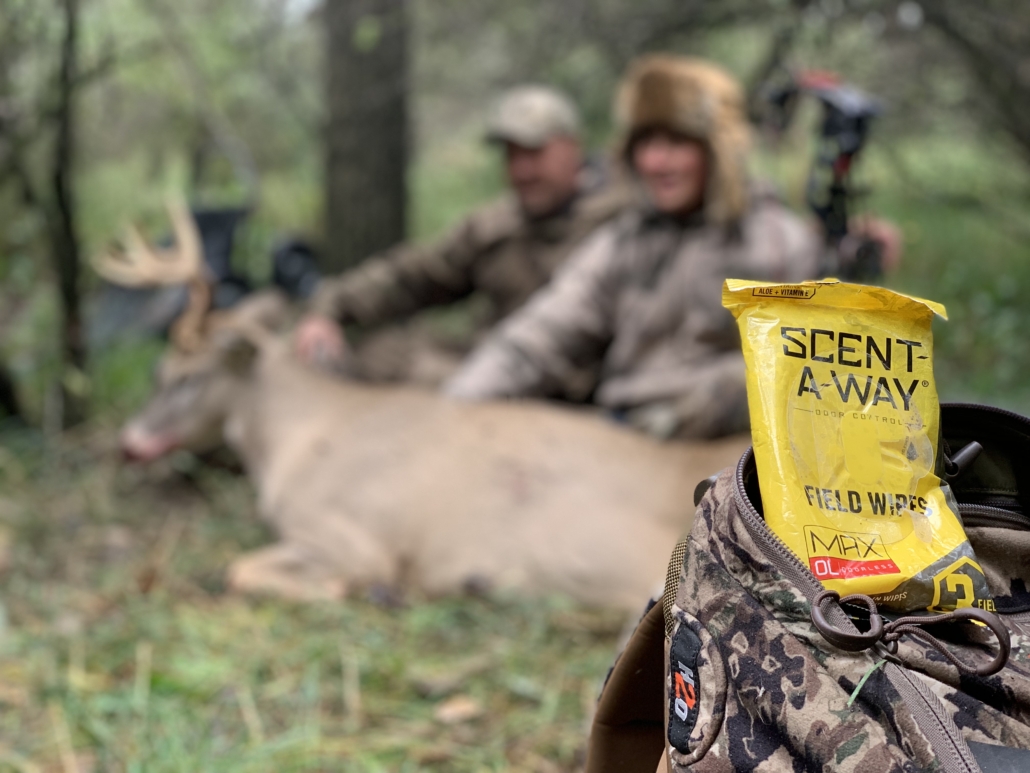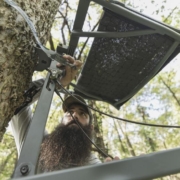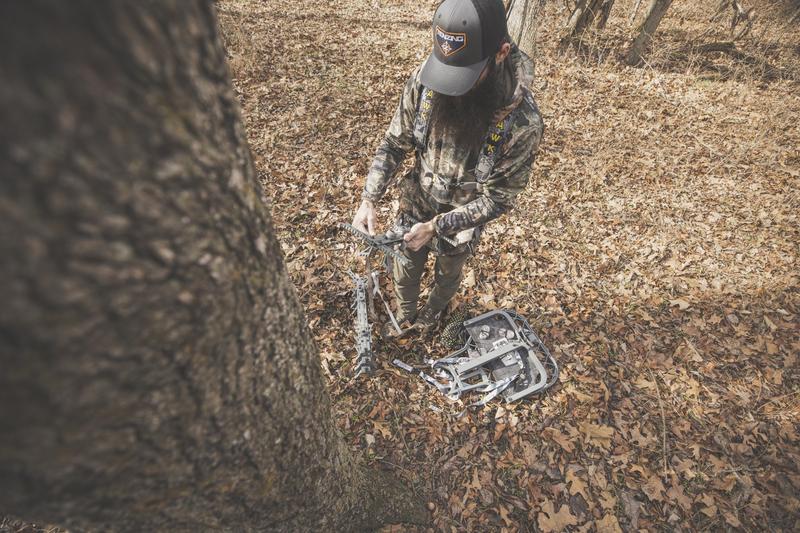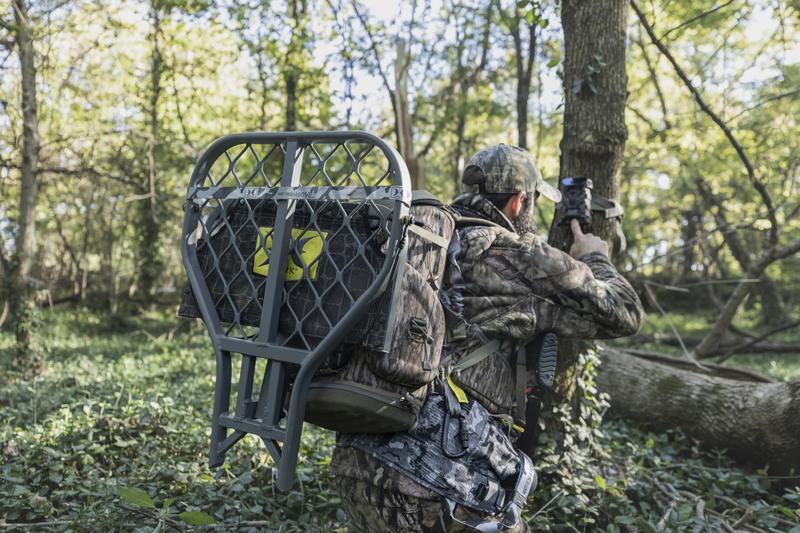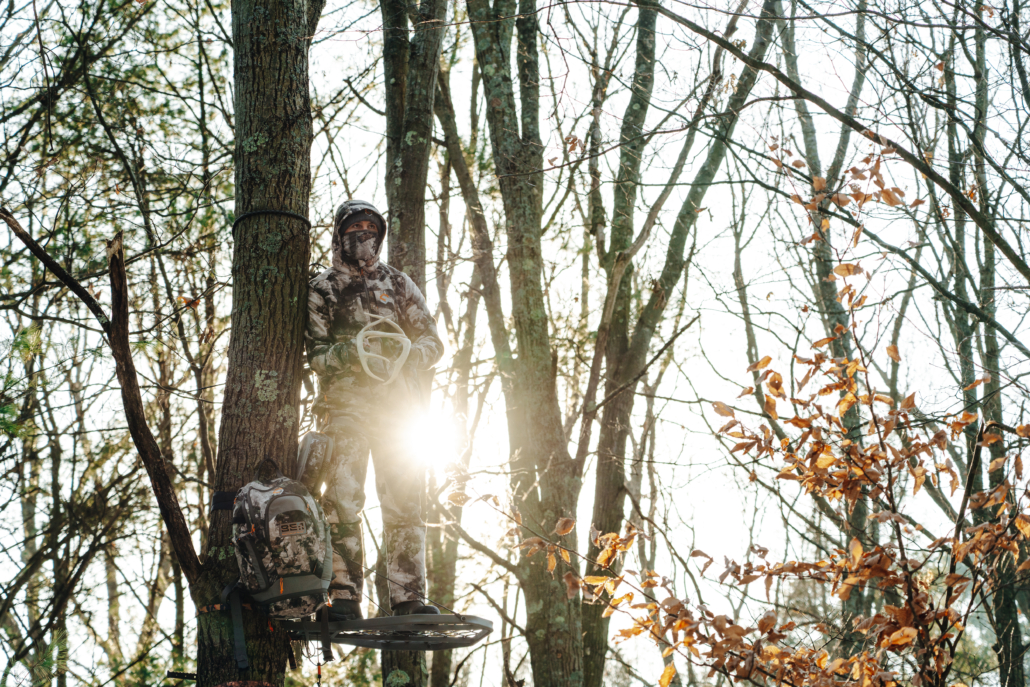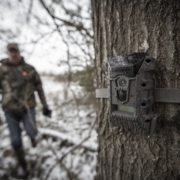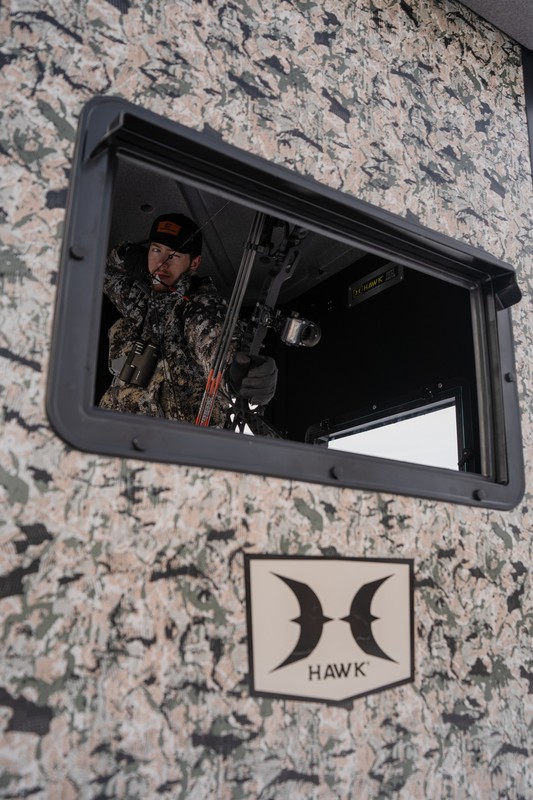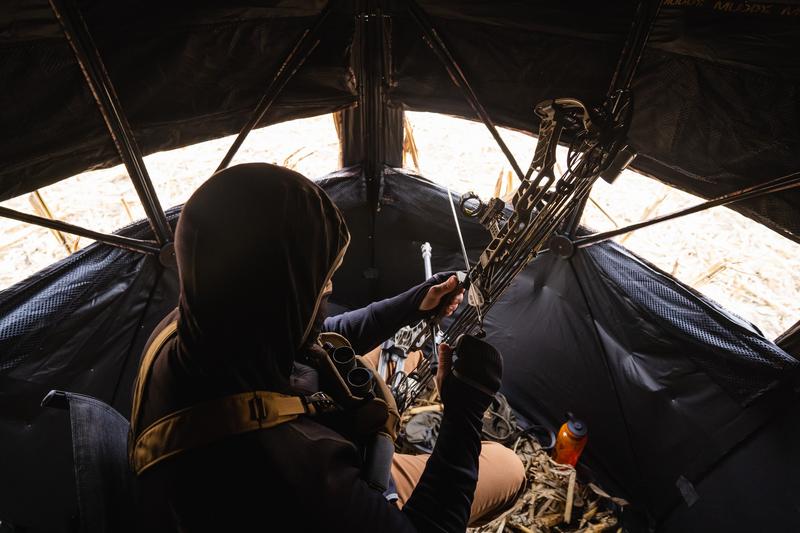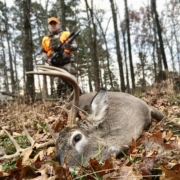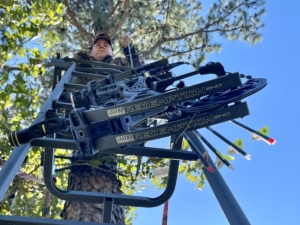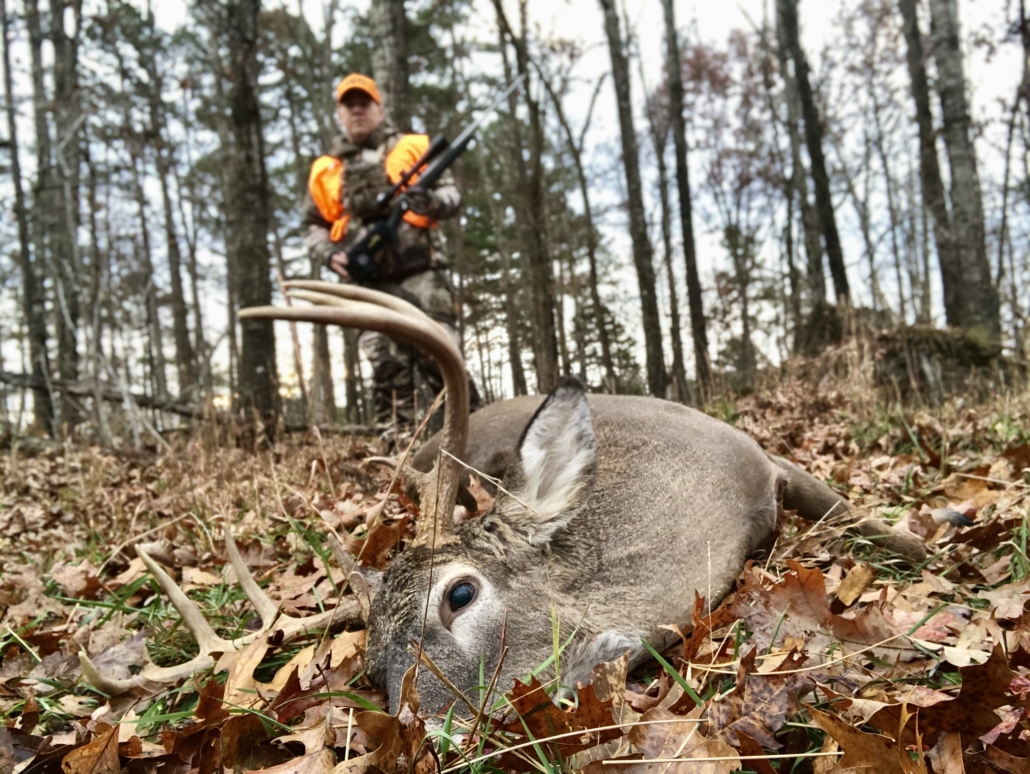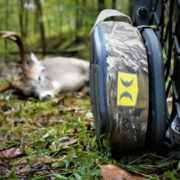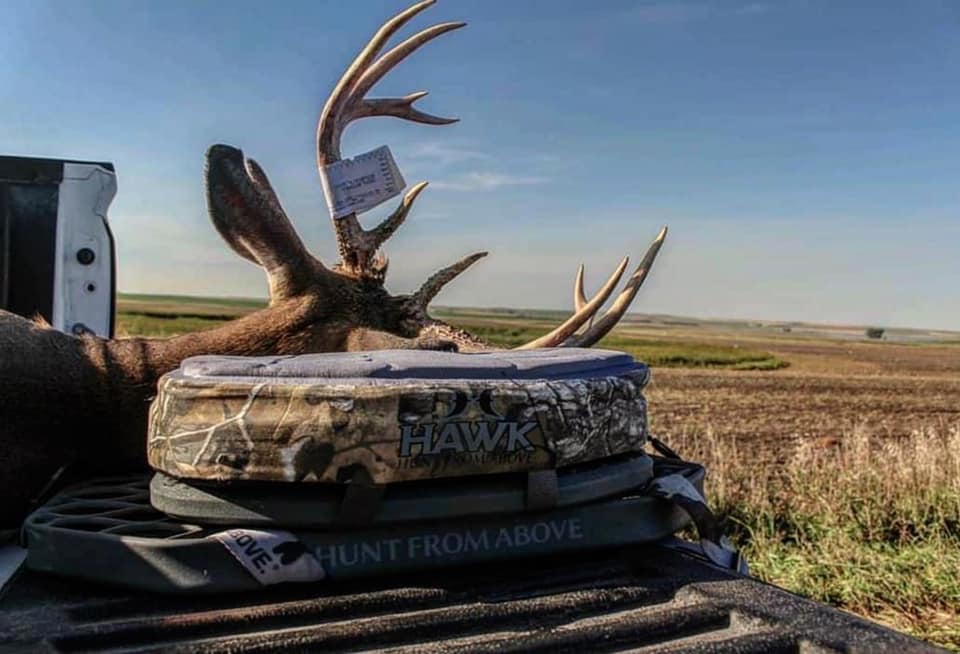Make The Most of Hunting the Rut
/0 Comments/in News, Uncategorized /by Heath WoodThe rut, the period during which whitetail deer are in peak breeding season, is the most exciting and potentially rewarding time of the year for hunters. For whitetail enthusiasts, it’s the Super Bowl of the hunting season, when bucks are more active, less cautious, and often more visible during daylight hours. The rut provides hunters with opportunities that don’t come around during other parts of the season. As an older teenager, I recall hunting near my home during the Missouri firearms season. It was a cold, still morning, and I had a feeling that morning in my tree stand that at any minute, a buck would come crashing down the long-wooded ridge where I had positioned myself. At 7:45 a.m., my hunch came true as two does ran through the freshly fallen leaves, suddenly both stopping like a full-speed vehicle had hit its brakes. I honestly think the two does saw me jump with excitement, which made them stop dead in their tracks. Even though the two does were locked in on me, a nice eight-pointer came crunching behind in hopes of finding a girlfriend. I quickly put my crosshairs behind his front shoulder and gently squeezed the trigger. The buck bolted over the ridge, where twenty minutes later, I found him lying underneath a thick cedar tree. The quick, spur-of-the-moment action that morning is what many hunters dream of while hunting during the rut.
Understand the Phases of the Rut
The rut is typically exciting and full of action, which can catch hunters off guard if they don’t take full advantage of this special time of year. First, it is essential to understand what the rut consists of entirely. The rut is divided into several phases, each with its own characteristics and ideal hunting tactics.
Pre-Rut: Bucks are establishing dominance and working out the pecking order. They make scrapes and rubs, mark their territory, and actively check doe bedding areas to find does coming into heat. This phase is a great time to hunt near scrapes or use calls and scents to bring bucks in close.
Seeking Phase: Bucks begin to roam more widely; they abandon the scrapes briefly while seeking out does starting to enter estrus. Bucks cover a lot of ground during this time, which means you’re more likely to see one cruising through an area. Sitting on the edge of thick cover or in travel corridors can be very productive.
Chasing Phase: This is when bucks lose a lot of their caution and become almost reckless, and it is one of my favorite times of the year to hunt. Bucks are actively chasing estrus does, sometimes right past the stand. Like my hunting experience, this phase can be thrilling but challenging, as bucks may be moving quickly. A hunter must be set up in places with good visibility and be ready for fast action.
Peak Breeding Phase (Lockdown): Bucks and does are often “locked down” together, meaning they’re bedded up in secluded spots. This can make hunting more difficult, but focusing on heavy cover or known doe bedding areas can help increase your chances.
Post-Rut: Bucks are worn out, hungry, and beginning to return to their typical bedding-to-feeding routines. They’re still interested in late cycling does, but they’re more cautious. This is an excellent time to set up near food sources as bucks try to recover lost weight and energy.
Scout Ahead, But Don’t Overdo It
Scouting is crucial before and during the rut, but there’s a fine line between gathering intelligence and pressuring deer out of your area. Focus on finding fresh sign, such as scrapes, rub lines, and trails, without disturbing too much. Many hunters will use trail cameras, such as the Stealth Cam Revolver 360 camera, to see where bucks are moving, but consider positioning them on the periphery of bedding and feeding areas. This keeps you updated on deer activity without making frequent trips into their core areas.
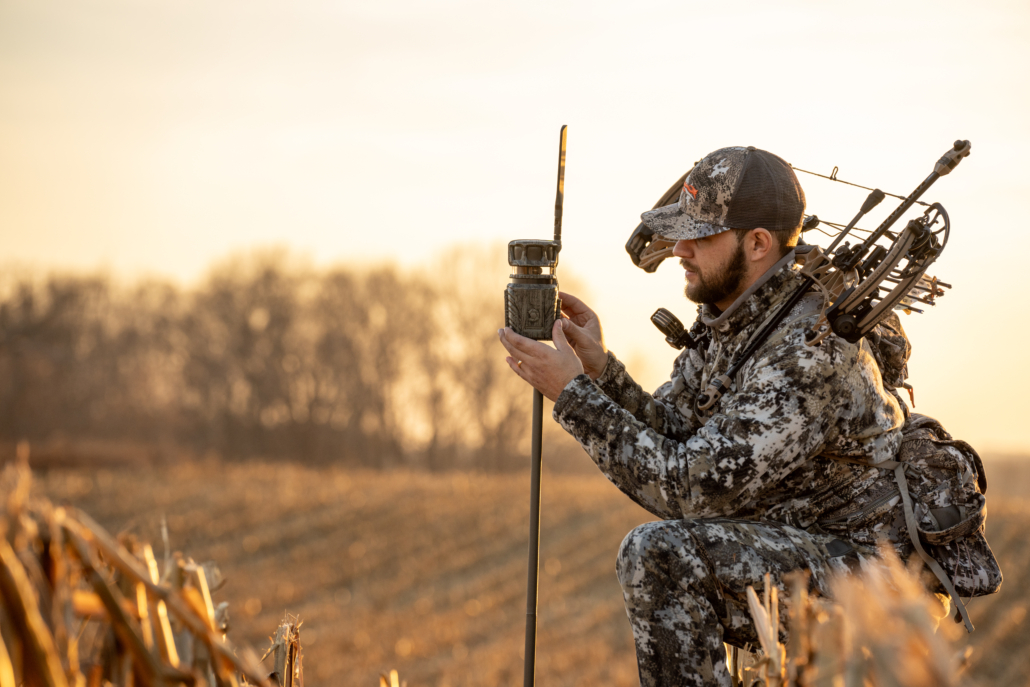
Stay All Day
During the rut, it’s not uncommon for mature bucks to be moving at any time of day, especially during the chasing and peak breeding phases. While deer are typically more active at dawn and dusk, the rut is an exception. Bucks can be seen cruising in the late morning or even early afternoon. Pack a lunch, dress appropriately for the weather, and choose a comfortable stand like the Hawk Helium Pro Hang On. This allows the hunter to stay in the stand all day to maximize the chances of catching a mature buck on the move. Another comfortable option is a blind, such as the Hawk Down & Out Warrior Blind, which allows the hunter to stay out of the weather conditions and sit in a chair for extended periods.
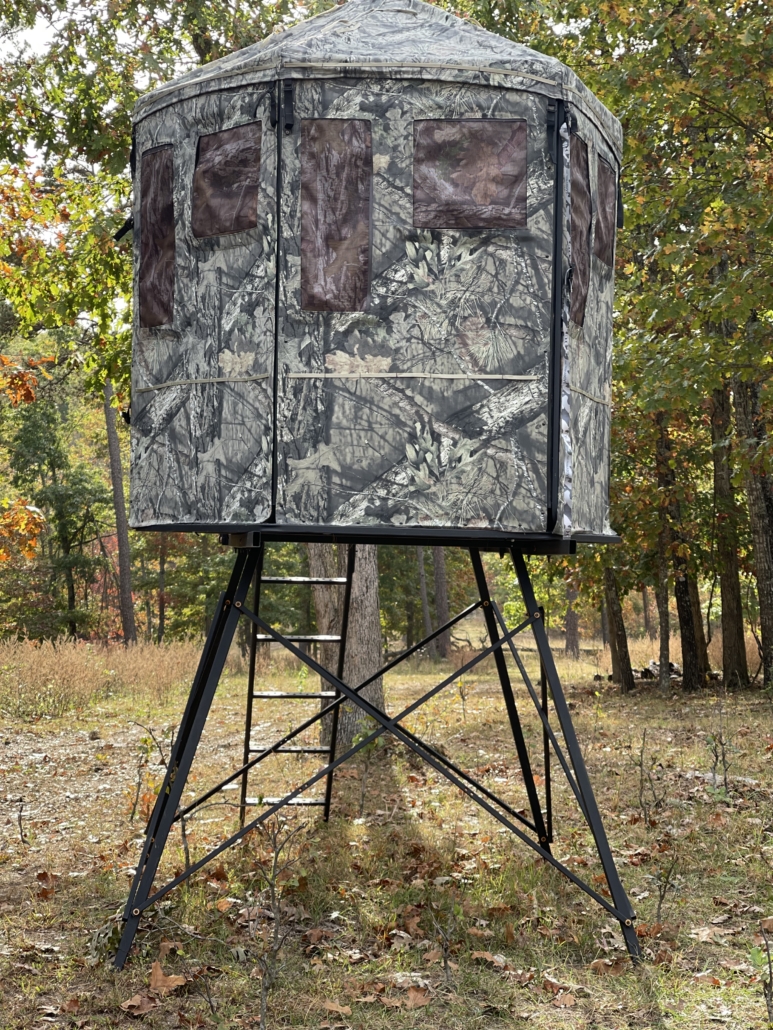
Use Calls and Scents Strategically
Calling: Grunt calls, doe bleats, and rattling can be highly effective during the rut. However, timing and location matter. During the pre-rut and seeking phases, rattling, and aggressive calling can bring a curious or territorial buck right to you. But during the chasing and lockdown phases, bucks may be more interested in actual does and less responsive to calls. A few well-placed calls tend to work best rather than constant noise.
Scents: Using an estrus scent such as Buck Bomb’s Doe N Estrus Bomb can be a powerful attractant. The Buck Bomb can be sprayed on a scent wick, hung around your setup, or used as a drag rag to lay a scent trail as you walk to your stand. The Buck Bomb can also be dispersed continuously into the air to broadcast scent to a broader area.
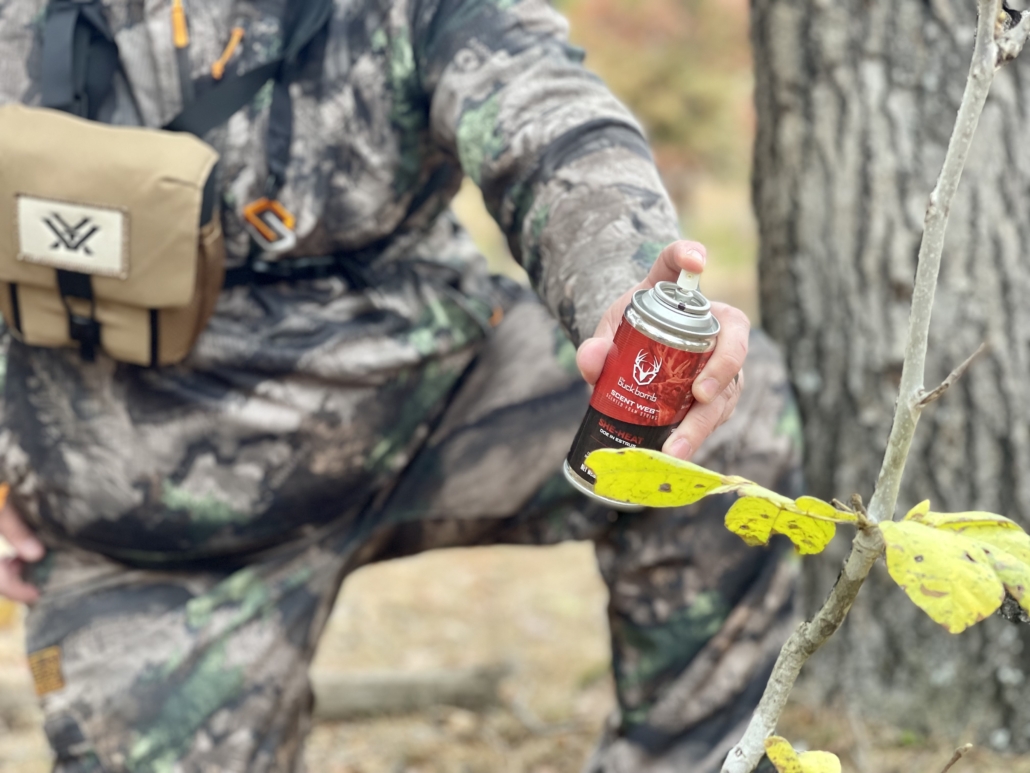
Play the Wind and Be Patient
The excitement of the rut shouldn’t make you forget basic hunting principles, especially regarding wind direction. Bucks may be less cautious but won’t abandon their survival instincts during the rut. A wrong wind can still blow your cover. Carefully plan your entrance and exit routes to minimize scent and movement, and select stand locations based on the prevailing wind direction. Also, be sure to check the wind periodically throughout the hunt using milkweed or a windicator.
Focus on Doe Habits
During the rut, does dictate the bucks’ movements. Knowing where does feed, bed, and travel can give you a significant advantage. Bucks often spend time on the downwind side of these areas, hoping to catch the scent of a receptive doe. Set up along the edges of known doe bedding areas or feeding sites, and be ready for bucks cruising the area.
Keep Moving (But Smartly)
If you aren’t seeing deer, especially during the peak rut, don’t be afraid to relocate. Sometimes, moving to a new stand location, even by a few hundred yards, can make all the difference. Ground blinds and climber stands offer the flexibility to adjust quickly to changing deer activity. Still, avoid frequent moves within a single area, which can cause too much disruption. Look for fresh sign in neighboring areas or trails to gauge where bucks are currently active.
Stay Sharp and Ready
In the heat of the rut, things can happen fast. You may spot a buck at a distance, only to have him appear in shooting range within seconds. Staying alert and ready with minimal movement is crucial. Anticipate where bucks may appear, and practice moving as little as possible to avoid being noticed. If you hunt with a bow, stay in a position allowing a quick, controlled draw without significant movement.
Adapt Your Strategy Based on Rut Activity
Not every buck reacts the same way during the rut. Younger bucks may chase aggressively, while mature bucks can be more cautious or selective. If you’re seeing a lot of young bucks, it may be best to hold out and wait for a more mature animal. Be prepared to adapt your approach based on the type of rut activity you’re observing. For instance, if you see plenty of bucks cruising and checking scrapes, positioning along well-traveled routes might be best.
The rut only comes around once a year, and it’s every hunter’s opportunity to up their chances of tagging a mature buck. With a strategic approach and patience, the rut can be the most rewarding time to be in the woods. From understanding rut phases to using calls and decoys effectively, a well-planned rut strategy can differentiate between seeing a lifetime buck and heading home with just stories.
